when and what SQL user did the log file shrinking???
You should be able to determine this from the "last modified" time on the "ldf" file (unless it has autogrown in the interim - which seems unlikely as it is still only 1MB)
Does the database have logged activity happening? Is the autoshrink database option turned on?
You wouldn't see a SQL agent job if that was the case a background task performs these shrink operations. This setting is extremely unrecommended
Log file was shrunk. Who did it?
The default trace can be looked at to determine by whom and when the shrink file was executed.
To search the default trace, first determine if the default trace is enabled. This can be done by running sp_configure as follows:
SQL:
EXEC master.dbo.sp_configure 'show advanced options', 1;
GO
EXEC master.dbo.sp_configure 'default trace enabled';
GO
Once the default trace is validated and running, determine the location the trace files are being written to by running the function, fn_trace_getinfo
SQL:
SELECT *
FROM fn_trace_getinfo(default);
GO
To read the trace file, use fn_trace_gettable. This will pull all the data from the trace file and show it in a table format in SSMS for ease of reviewing
SQL:
SELECT
TextData,
HostName,
ApplicationName,
LoginName,
StartTime
FROM
[fn_trace_gettable]('C:\Program Files\Microsoft SQL Server\MSSQL10_50.MSSQLSERVER\MSSQL\Log\log_75.trc', DEFAULT)
WHERE TextData LIKE '%SHRINKFILE%'; ----- Location of default trace will be different ,so kindly check that accordingly


